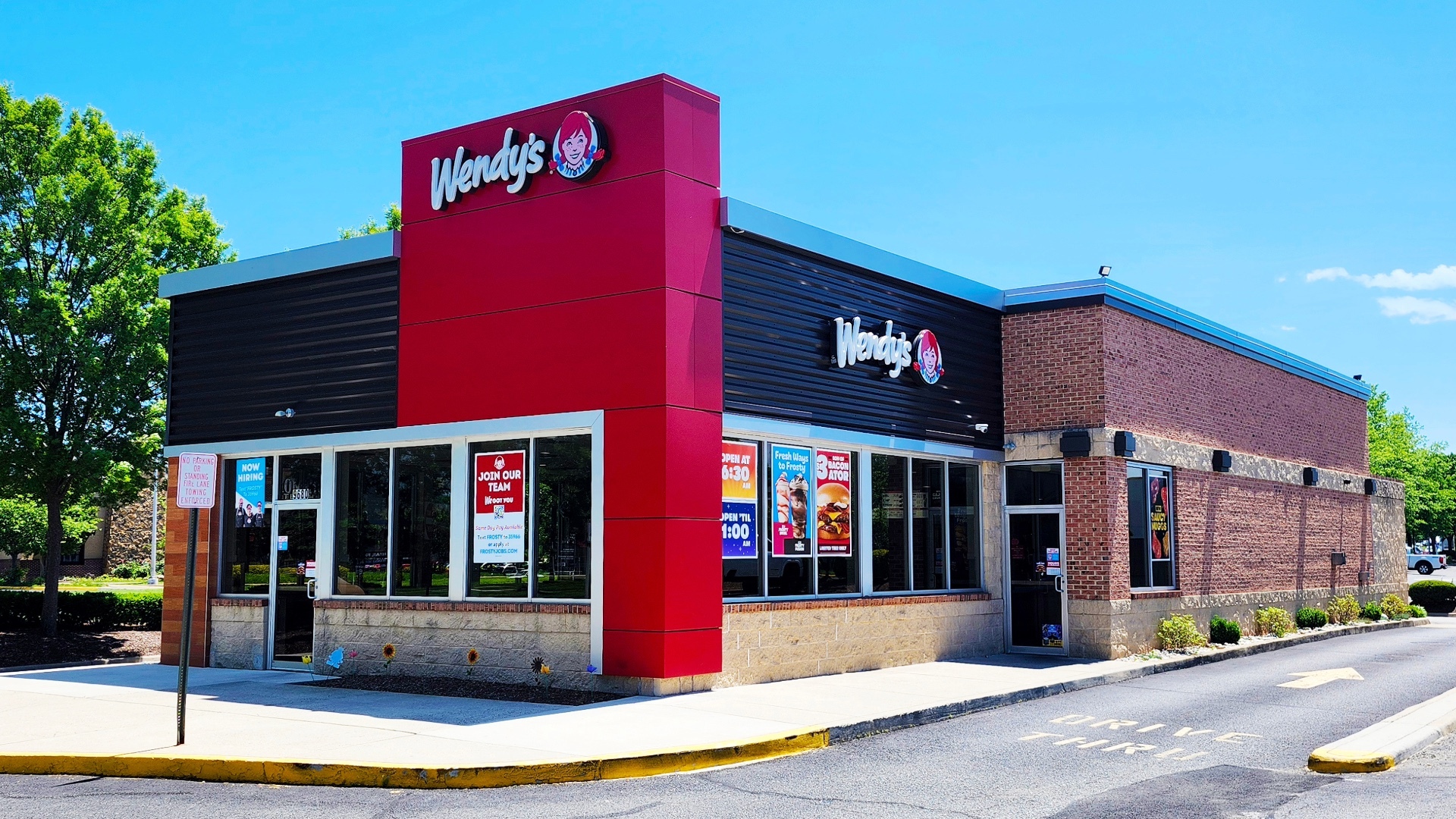The Great Burger Split: What Fast Food’s Shake-Up Tells Us About Survival
Posted by Stelios on 11th Nov 2025 Reading Time:
The fast-food industry is quietly splitting in two — those who make customers feel heard, and those who don’t.
Three stories have caught my attention recently. McDonald’s has made a bold move to win back customers with low-cost meal deals. Wendy’s is closing hundreds of restaurants after losing its way. And Five Guys, rather than tightening its belt, is looking for investors to fuel expansion across Europe.
At first glance, they’re just headlines. But together, they tell us something much bigger — how the eating-out economy is changing.
And while these stories might come from the United States, the same pressures are hitting the UK just as hard — rising costs, tighter household budgets, and customers becoming far more selective about where they spend their money. From fish and chip shops to restaurants and pubs, the message is clear: the middle ground is vanishing.
When Value Becomes the Product
McDonald’s has read the room perfectly. With customers feeling the pinch, they’ve reintroduced $5–$8 value meals and even covered part of the cost themselves. According to Fast Company, traffic from lower-income customers has dropped nearly 10% across fast-food chains this year — a wake-up call for everyone in the industry.
They’re not just selling food — they’re selling understanding. McDonald’s U.S. has quietly said to customers, “We know you’re struggling, and we’ve got your back.” In the UK, they also run a multitude of in app offers that change daily.
And it’s worked. Sales are up, franchisees are happy, and McDonald’s has reconnected with its base. They’ve proven that when you show empathy through pricing, you don’t just keep customers — you earn loyalty.
If McDonald’s can afford to empathise, can we really afford not to?
The Middle Market Is Crumbling
Then there’s Wendy’s in the U.S., and it’s a cautionary tale. They’re not cheap enough to compete on price, nor premium enough to stand out. The result? A confused brand that’s closing around 300 stores and seeing nearly half its market value wiped out.
Wendy’s problem isn’t the food — it’s identity. They’ve tried to appeal to everyone and ended up resonating with no one. That’s the danger of being stuck in the middle — and it’s a warning for anyone in hospitality who’s hesitant to pick a lane.
We’ve seen this story here too. Casual dining chains like Pizza Hut, TGI Fridays, and Byron Burger have all struggled because they built their model on predictability. But today’s customers don’t think predictably — they think emotionally, cautiously, and selectively.
The “safe middle” is no longer safe — it’s a slow fade to irrelevance.
Because let’s be honest — consumers don’t want mediocre food. They want great food, outstanding value, and genuine service.
That applies to all of us. Bland, forgettable food served by disinterested staff won’t cut it anymore — not in fast food, and certainly not in fish and chips.
Five Guys: Confidence in Quality
And then, there’s Five Guys — the outlier. While others are downsizing, they’re expanding. Their European arm is valued at around £600 million, and they’re seeking new investors to fuel further growth.
Their formula hasn’t changed: simple, consistent, premium. They know who they are and stick to it. They don’t fight on price; they win on confidence. And that’s exactly why they’ve avoided the fate of so many “gourmet burger” rivals.
It’s proof that even in tough times, customers still pay more for something they trust. The Five Guys story shows that premium isn’t dead — confused premium is.
What Value Looks Like in Fish & Chips
This isn’t just an American story — it’s playing out across the UK too. In fish and chips, value has become the product.
The definition of value has changed. It’s no longer about who’s cheapest, but about who feels most fair.
Customers aren’t only comparing prices; they’re judging how the entire experience makes them feel.
Do they feel looked after?
Do they feel the portion was fair?
Do they feel it was worth the tenner they spent?
That’s where the battle for loyalty is being fought.
I’ve long said value isn’t about being cheap — it’s about feeling fair. It shows up in small but powerful ways:
- Offering a smaller portion that still feels generous.
- Keeping a core meal (say, small cod, chips and peas) at a steady price all year.
- Be transparent if customers ask why prices have moved — but don’t advertise increases. Don’t give people a reason not to come.
- Reward repeat visits with simple, human gestures — a loyalty card, a free sauce, or just a “nice to see you again.”
These are quiet signals that say, “We get you.”
When people feel seen and appreciated, they judge price less harshly. That’s why the most successful shops right now are focusing on trust, consistency, and care — not just margins.
And here’s the truth: customers can forgive a few pence more — but they can’t forgive feeling ripped off.
The Takeaway?
For anyone running a food business, the lessons are crystal clear:
- You can’t sit in the middle. Choose your lane — value or quality — and own it completely.
- Empathy beats ego. Customers reward brands — and chip shops — that understand their struggles and make value feel genuine.
- Clarity matters more than creativity. Being remembered is better than being fancy.
- Premium isn’t price — it’s perception. It’s about confidence, consistency, and story.
- Value isn’t what you charge — it’s how your customers feel walking out the door.
Looking Ahead
Over the next year, I think we’ll see even more polarisation. Some operators will double down on affordability, offering bundles and meal deals that feel fair. Others will push quality, value for money and experience. But the middle — the “we’ll do a bit of everything” space — will keep shrinking.
The brands that survive won’t just react to the economy — they’ll understand the emotion driving it. Because at the end of the day, it’s not about being the cheapest — it’s about being the most understood.







